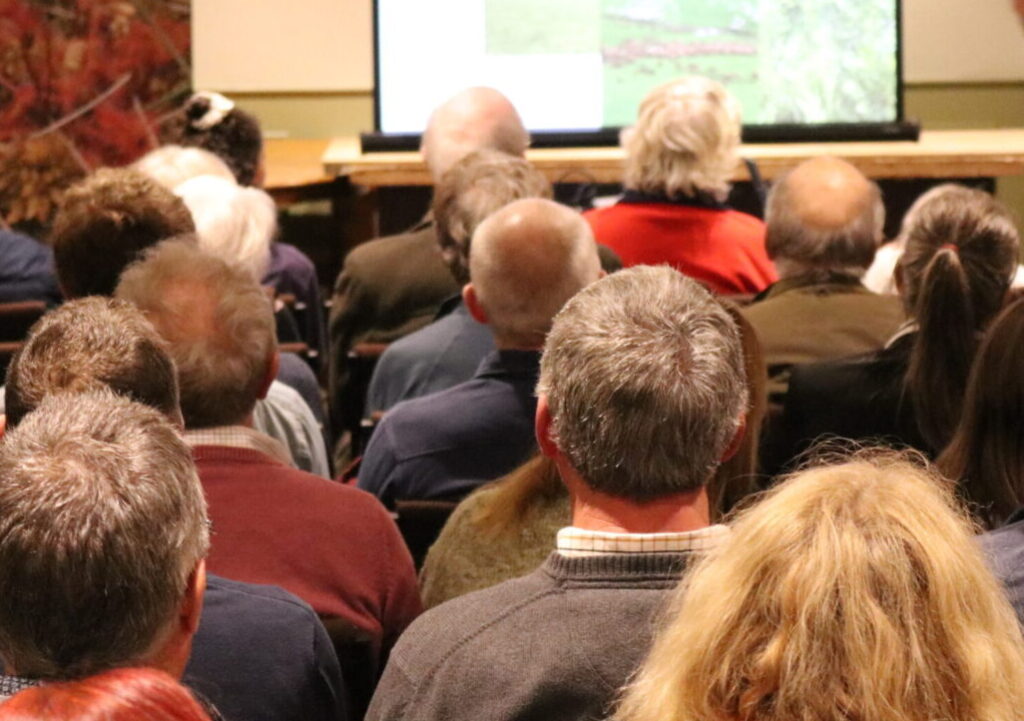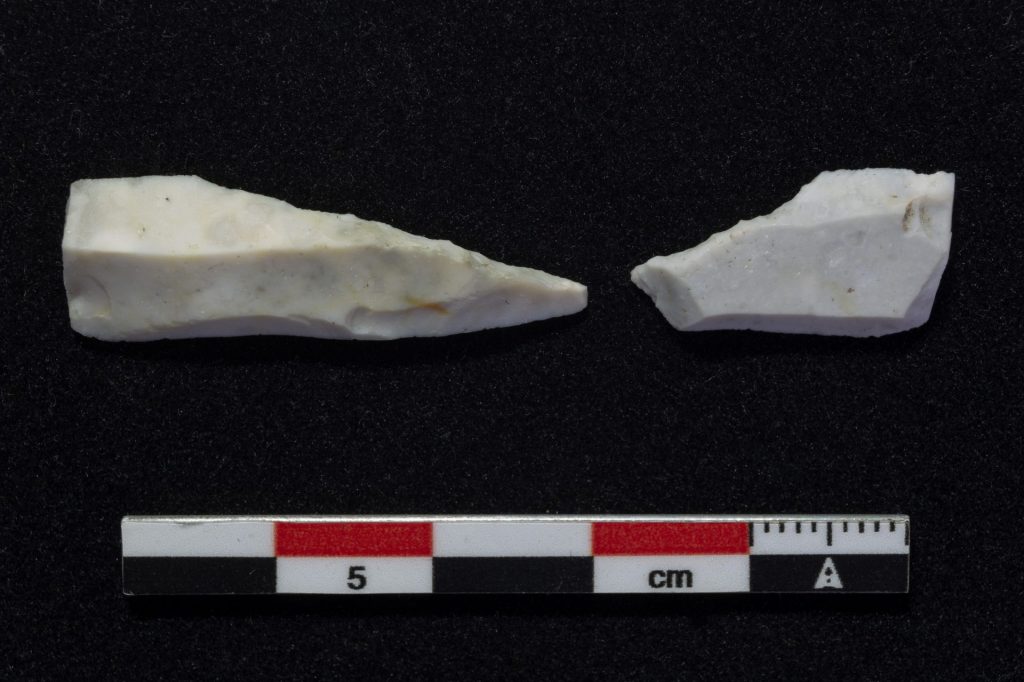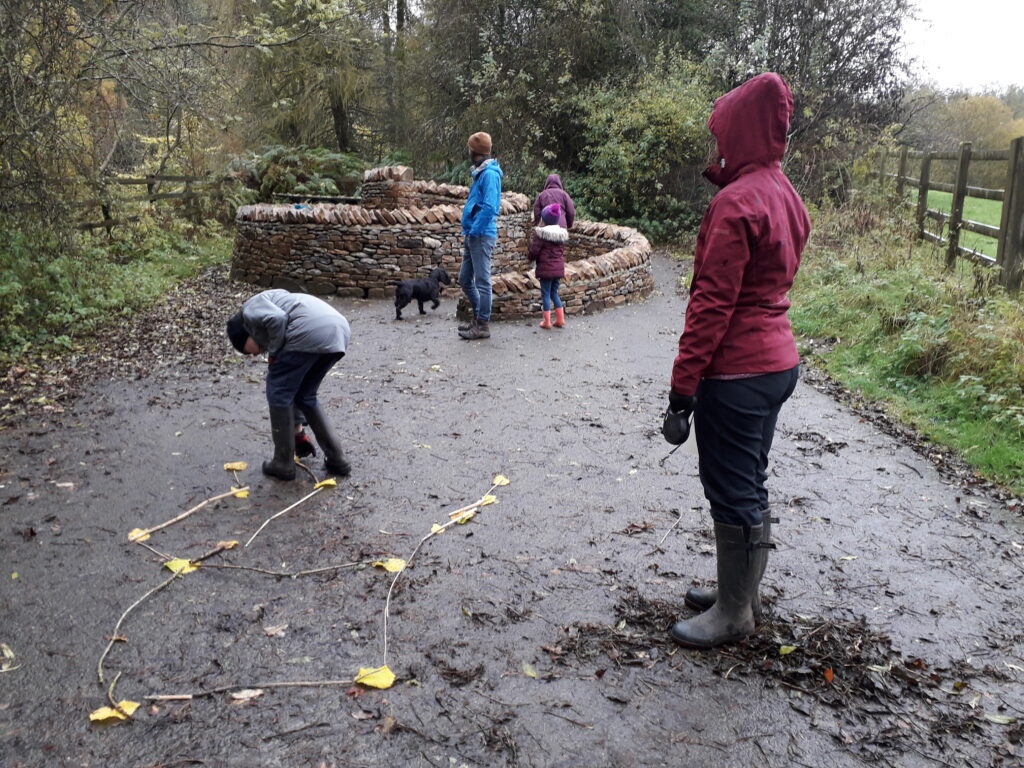News
Slow Trails: Connecting with places and nature
Slow Trails: Connecting with places and nature
Guest blog by Dr Emma Pope
The blog post covers my talk at the 2022 North Pennines Tourism Forum, Fellfoot Forward’s Slow Trails project, and opportunities to get involved in interpretation creation.
At the recent North Pennines Tourism Forum, I spoke about my PhD research and how this links with the work I am now doing on the Fellfoot Forward scheme’s Slow Trails project. The focus of my talk was to consider ways of creating regenerative tourism through reconnection – with ourselves, with the places we live and visit, and with nature. I spoke about my PhD work which explored the transformational potential of nature-based experiences and how this can enhance the wellbeing of people and nature through the lens of nature connection. This approach considers how experiences in nature can provide personal wellbeing through aspects such as enjoyment, mindfulness, inspiration, and meaning, and how in turn this can instigate a sense of care and compassion for nature and the places that provide this. I spoke about the importance of providing moments for (re)connection and space for meaning-making during these experiences to help enable these positive benefits to be realised.
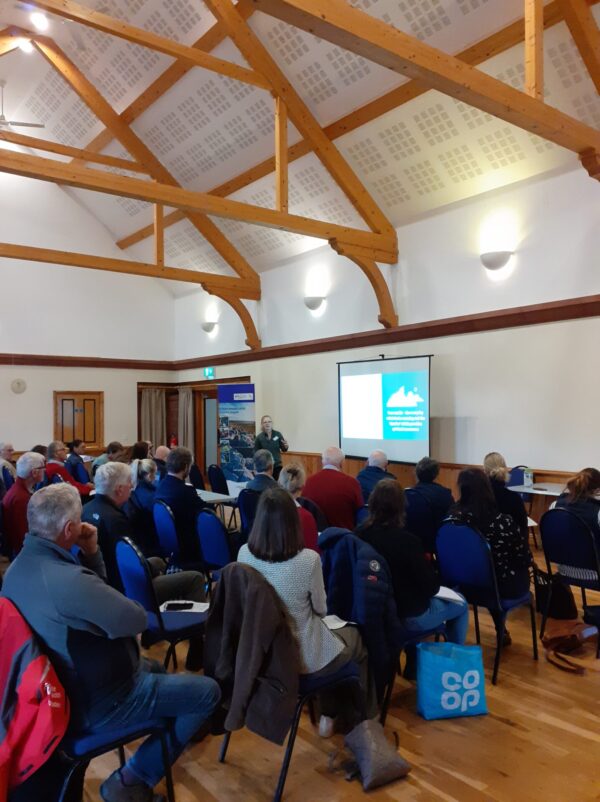
Speaking at the 2022 North Pennines Tourism Forum
Some of these concepts from my PhD, and the overall forum theme of regenerative tourism, relate to the Slow Trails project. As part of the Fellfoot Forward Landscape Partnership Scheme, we are developing a range of ‘slow’ routes for walkers and cyclists. The slow trails project includes: three short accessible routes; four walking routes which start and finish in village locations; and a forty mile cycle route that links villages within the heart of the Fellfoot Forward area. The locations of the trails include: Ainstable and Armathwaite, Long Meg and Her Daughters, Kirkoswald, Brampton and Gelt Woods, Talkin Tarn, and Castle Carrock.
These routes will be immersive, appealing to our senses, and will help people experience a connection with nature and places. The slow trails will be more accessible, giving new audiences, regular visitors, and local people opportunities to enjoy the rich natural and cultural heritage of this area.
Why ‘slow’ and how this relates to regenerative tourism
At the tourism forum, I spoke about how slow trails relate to the concept of regenerative tourism, and how they have potential to create positive outcomes for people and places. The routes are designed to start, end, or place through villages, therefore supporting the local economy. Slow trails are a way of actively engaging in the landscape, by encouraging people to immersive themselves in their surroundings. They aim to celebrate the uniqueness of place by telling stories that connect people with the landscape and its heritage, experience its special qualities, encourage understanding and connection, and enable more people to access, learn about, and benefit from these places. In return this may lead to appreciation and care for heritage and nature. The benefits and outcomes of this have potential to create positive impact beyond the specific setting and continue to generate benefits to people and nature.
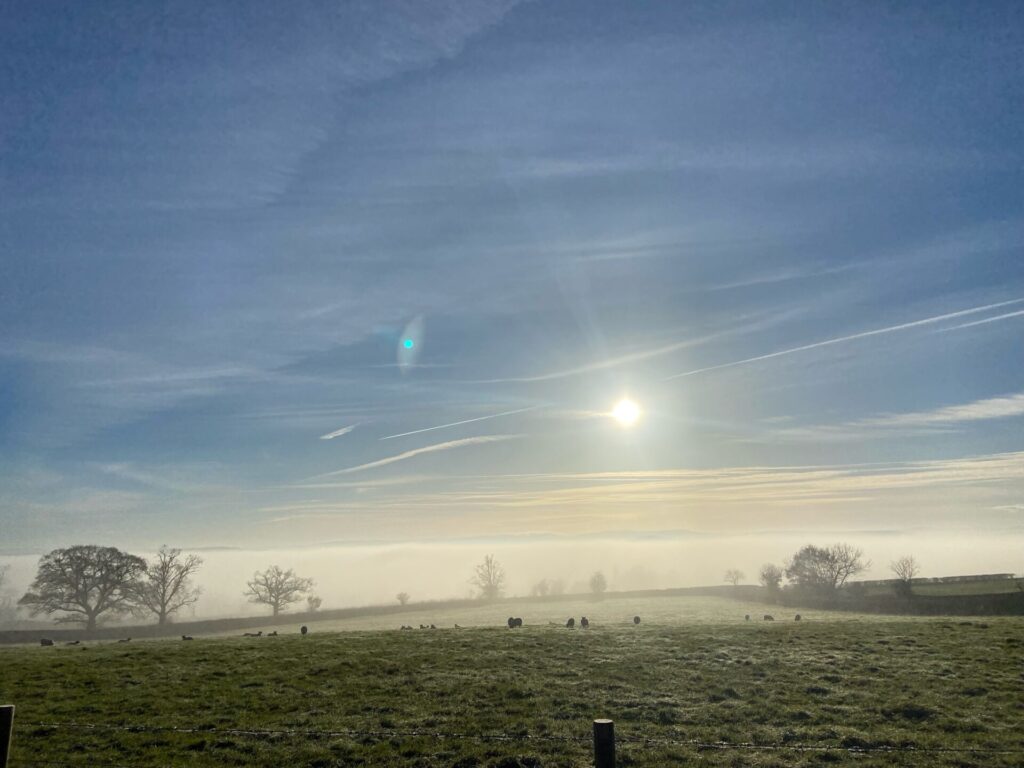
Route checking the Long Meg and Her Daughters Slow Trail
Community insight and involvement is a fundamental part of the Slow Trails project, and in the breakout group session at the tourism forum, we invited participants to share their perspectives and ideas. This involved asking participants what they thought these routes should look like and include, how they should make people feel, and the steps needed to achieve these outcomes. You can read more about the ideas from this session here.
The slow trails will encourage engagement in the landscape and heritage through their accompanying interpretation. To help achieve this, we are now gathering stories to help us share what is special about these routes and we’re hoping to include the experiences, voices, and memories of people who use these footpaths and have a connection to these places. If you’re happy to share your stories and perspectives with us, please complete this short questionnaire. For more information about the Slow Trails project and opportunities to get involved, email Emma.

